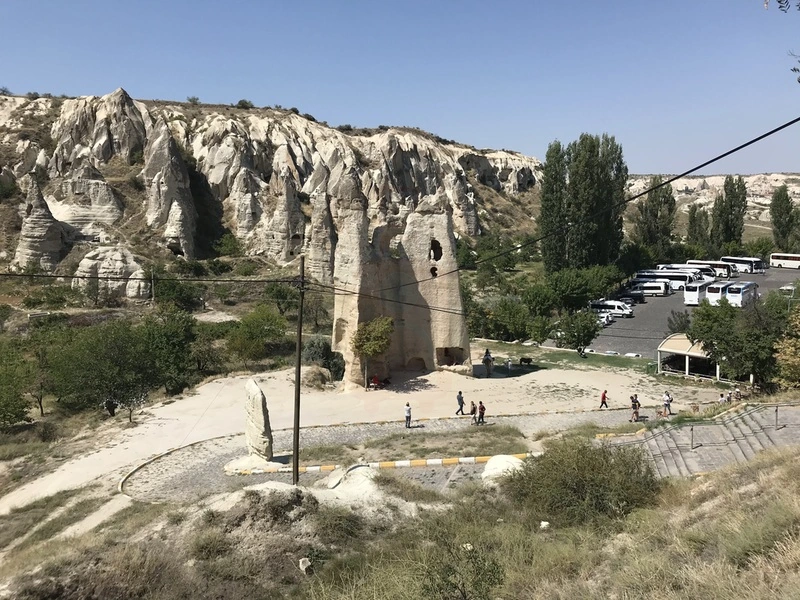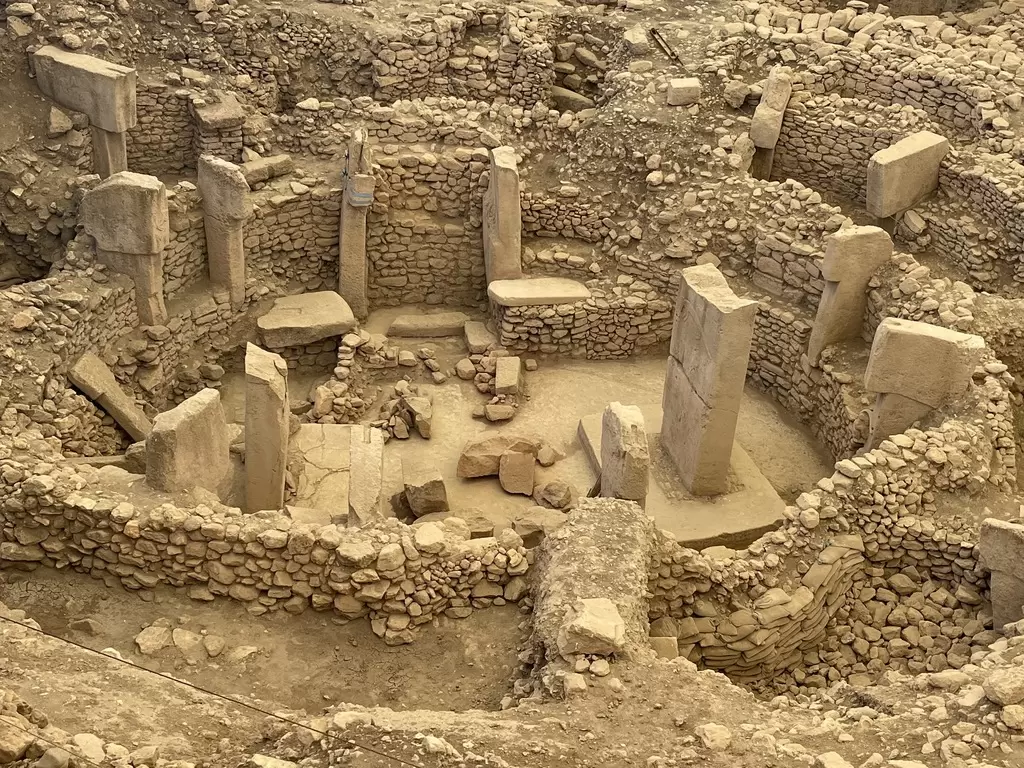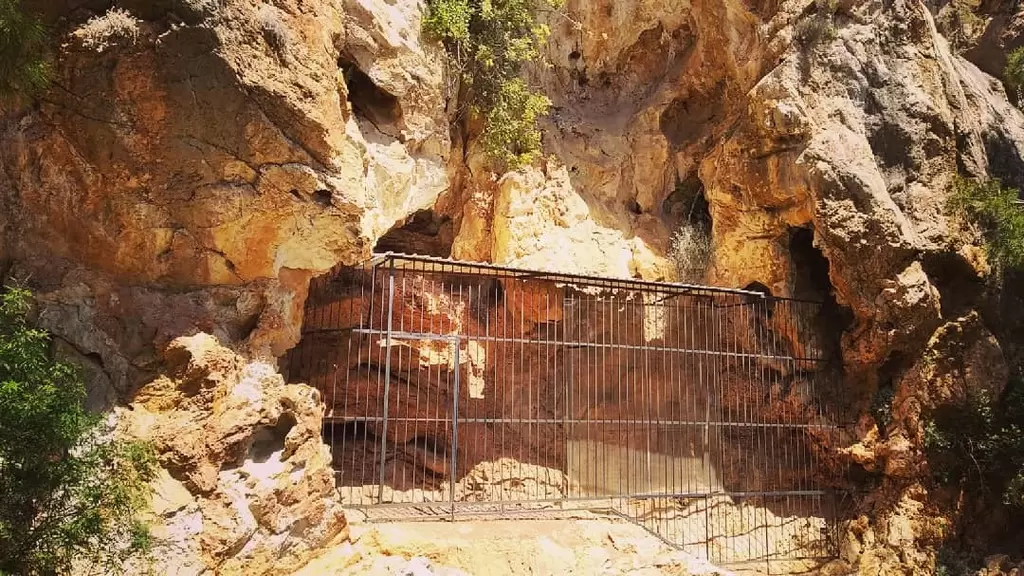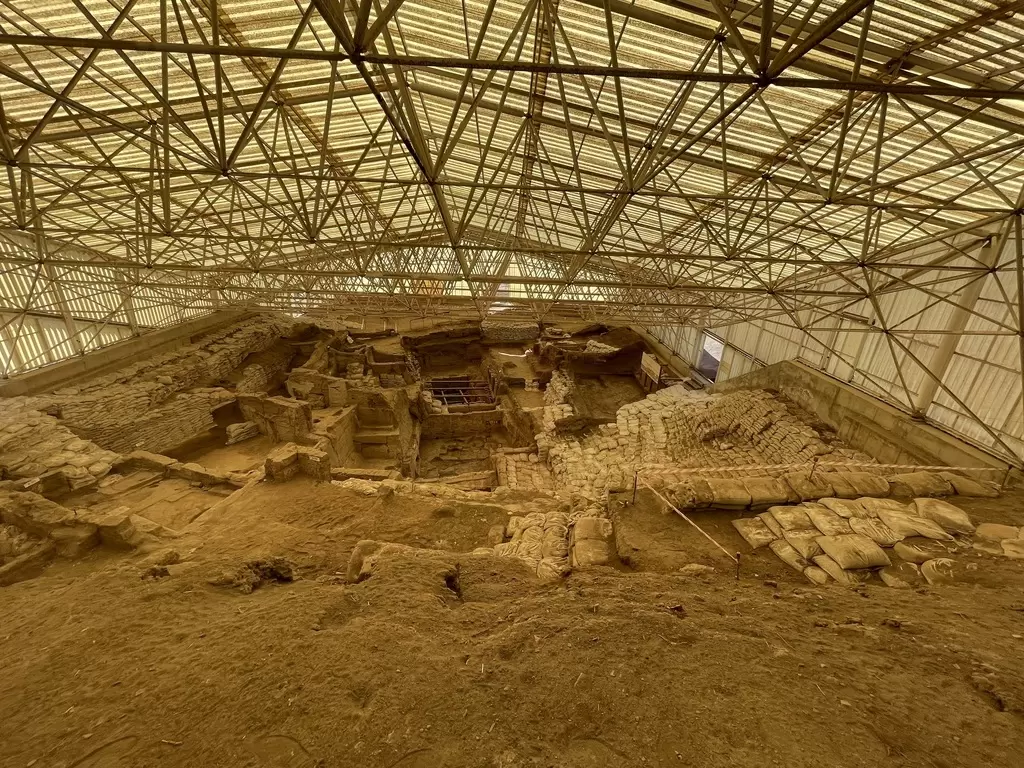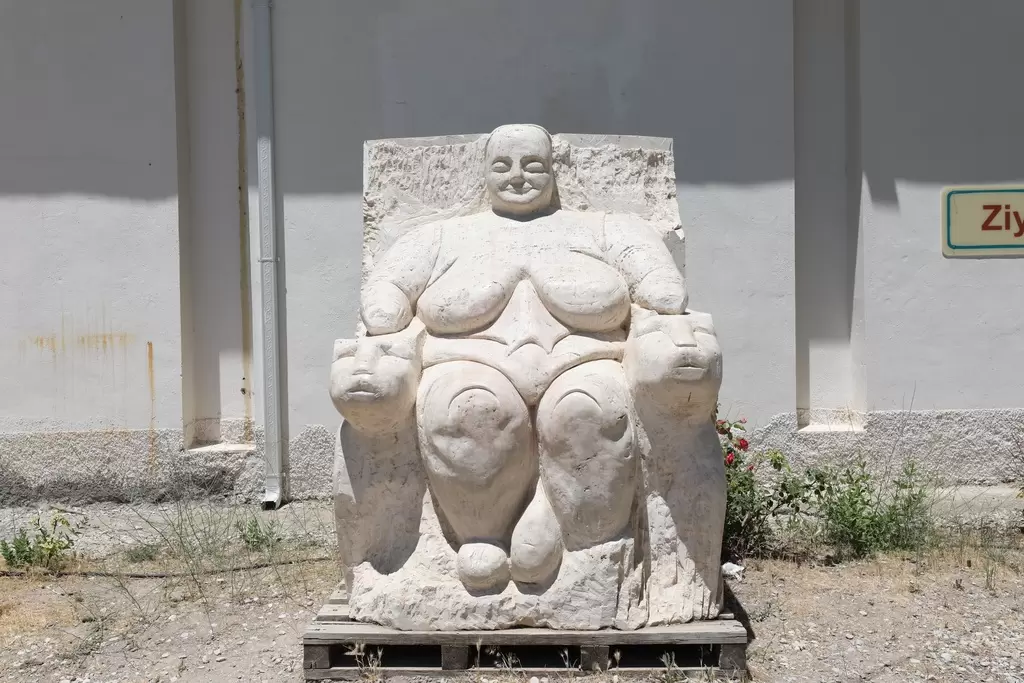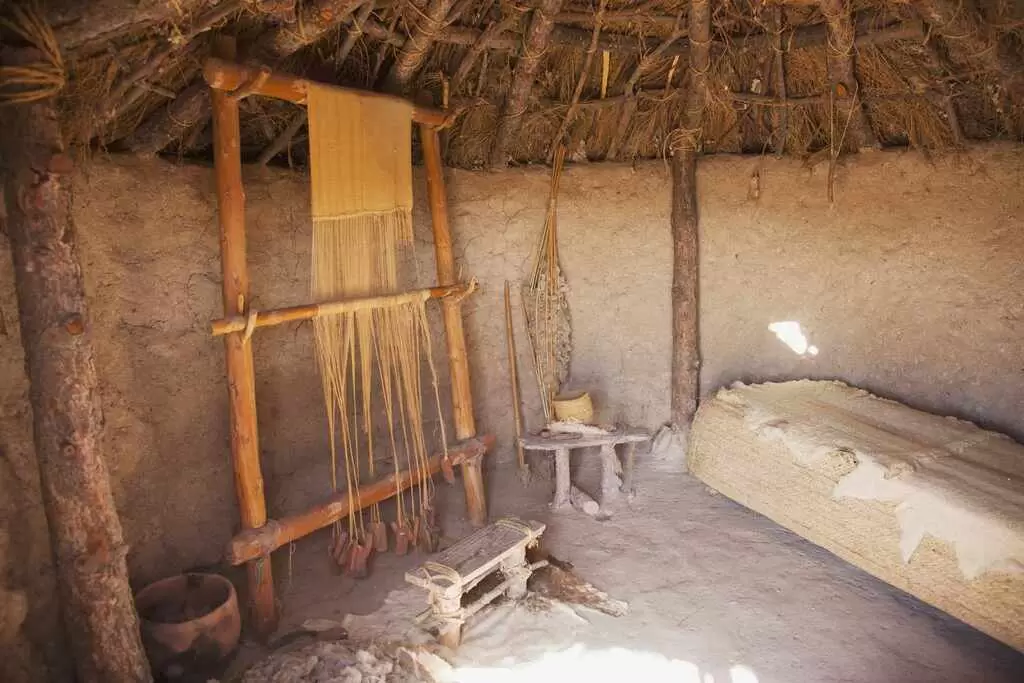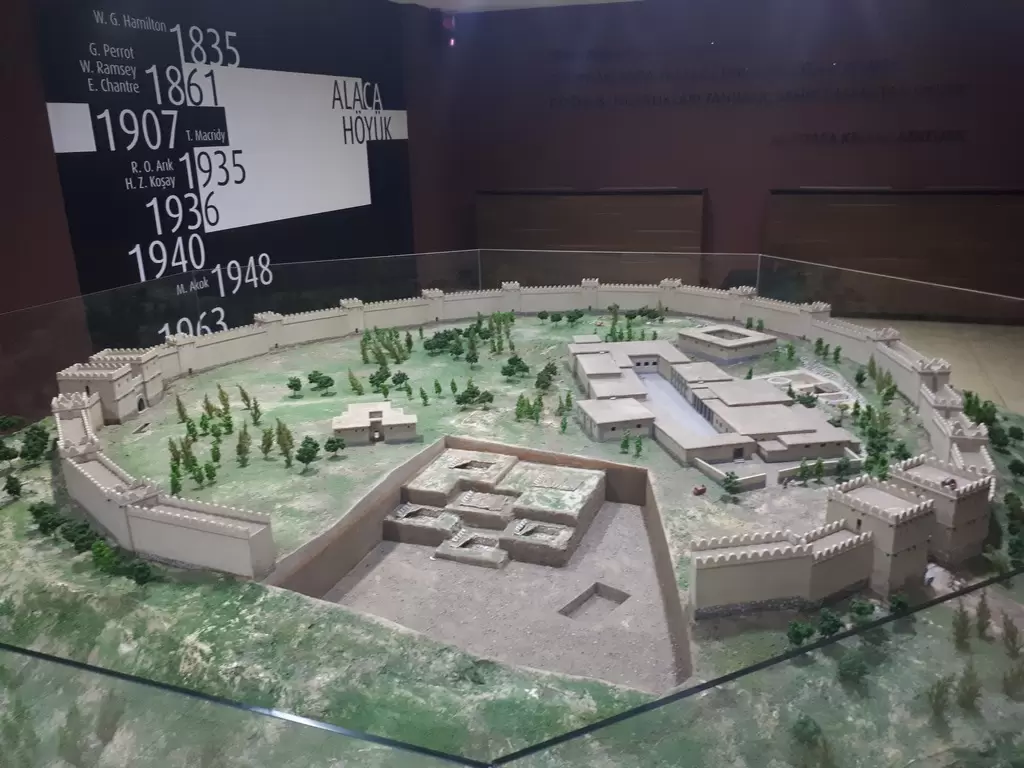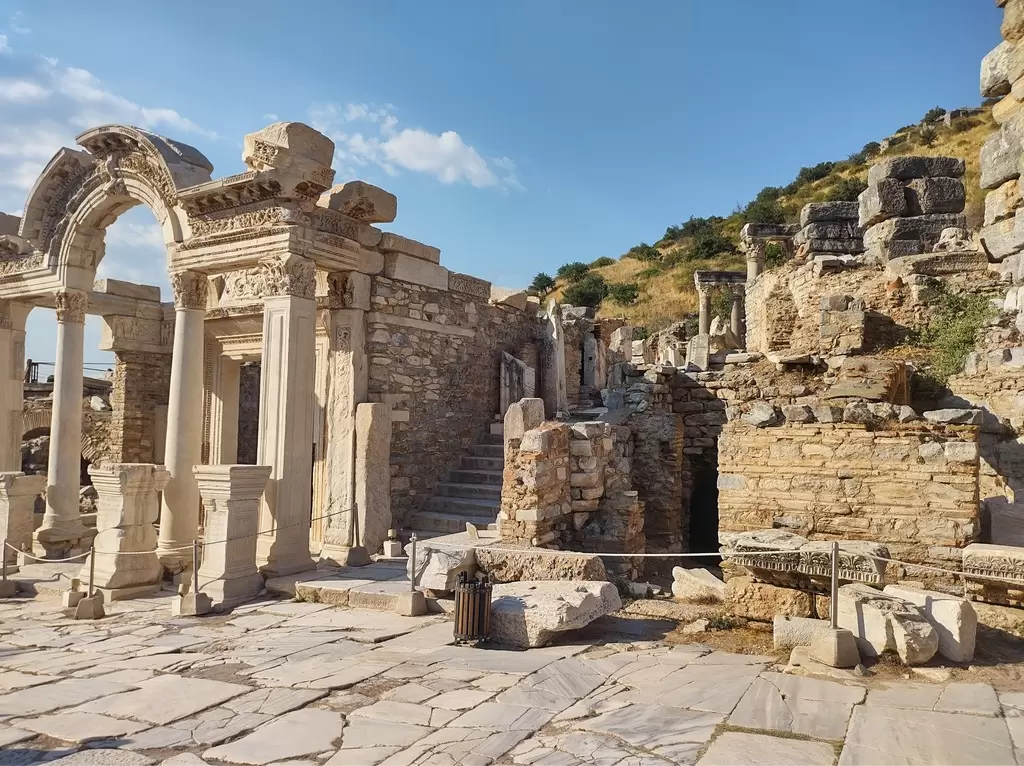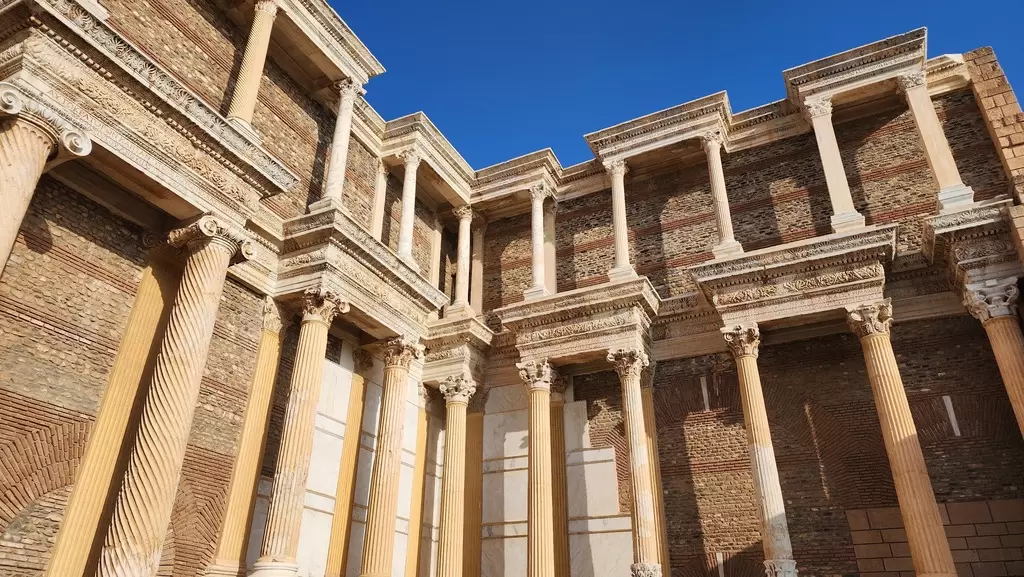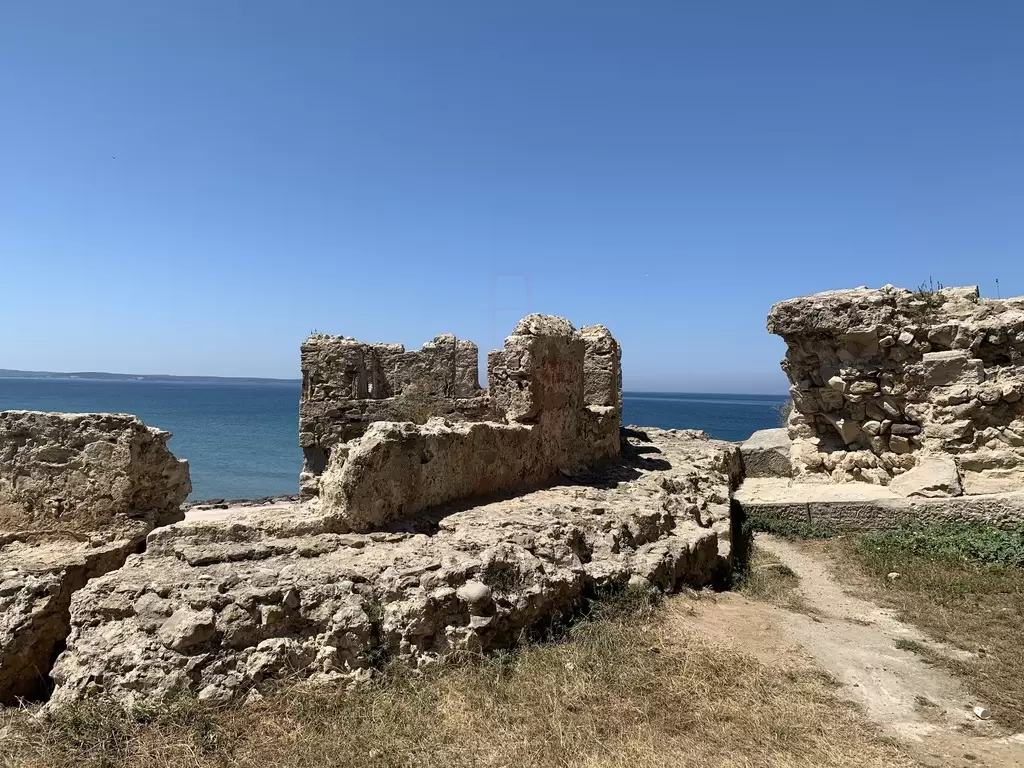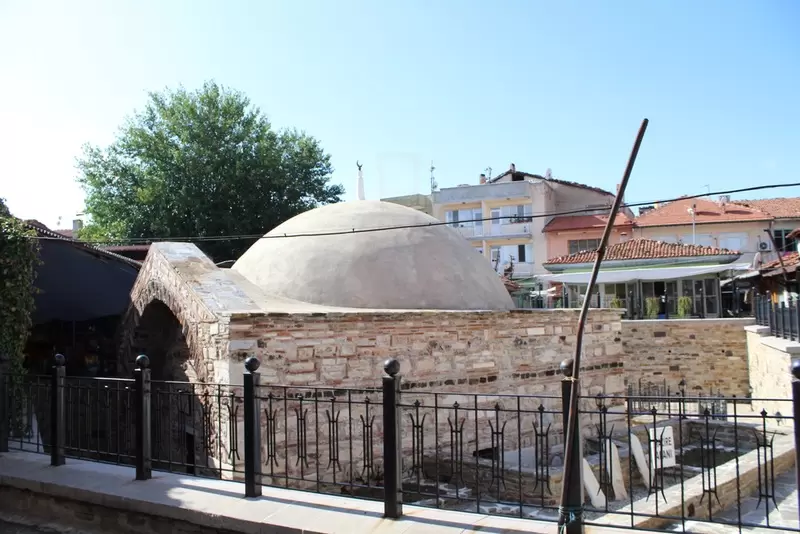
The Germiyanids, also known as the Germiyanids Beylik, was an influential principality in western Anatolia, established in the late 13th century. The beylik was centered in Kütahya and served as a significant political and cultural entity during a period marked by the fragmentation of power in the region following the decline of the Seljuk Sultanate of Rum.
Founded by the Germiyanoglu family, the beylik quickly gained prominence due to its strategic location along vital trade routes connecting the Aegean Sea to central Anatolia. This advantageous position allowed the Germiyanids to flourish economically, engaging in trade and commerce that enriched their coffers and facilitated cultural exchange.
The Germiyanids were notable patrons of the arts, significantly contributing to the architectural landscape of Anatolia. They commissioned numerous mosques, madrasas, and caravanserais, which showcased a unique blend of Turkish and Persian architectural styles. Key structures include the Ulu Mosque in Kütahya, known for its intricate tile work and calligraphy, and the Germiyan Bey Mosque, which exemplifies the beylik's commitment to religious and civic architecture.
Culturally, the Germiyanids played a vital role in promoting literature and the arts. The beylik became a center for scholars and poets, fostering a rich intellectual environment. The influence of Persian literature and art was particularly strong, as many artists and craftsmen from the Persian heartland were attracted to the region.
The Germiyanids maintained a delicate balance of power, often navigating the complex relationships between other neighboring beyliks and the rising Ottoman Empire. At times, they allied with the Ottomans against common foes, while at other times they resisted Ottoman encroachment. This fluctuating dynamic ultimately culminated in the late 15th century when the Germiyanids were fully absorbed into the Ottoman Empire in 1429.
Despite their incorporation into the Ottoman realm, the legacy of the Germiyanids endures. The architectural and cultural contributions of the beylik continue to influence the region, and their historical significance is recognized in the rich tapestry of Anatolian history. Visitors to Kütahya and its surroundings can still see the remnants of Germiyanid architecture and enjoy the cultural heritage that reflects their impact on the region.







